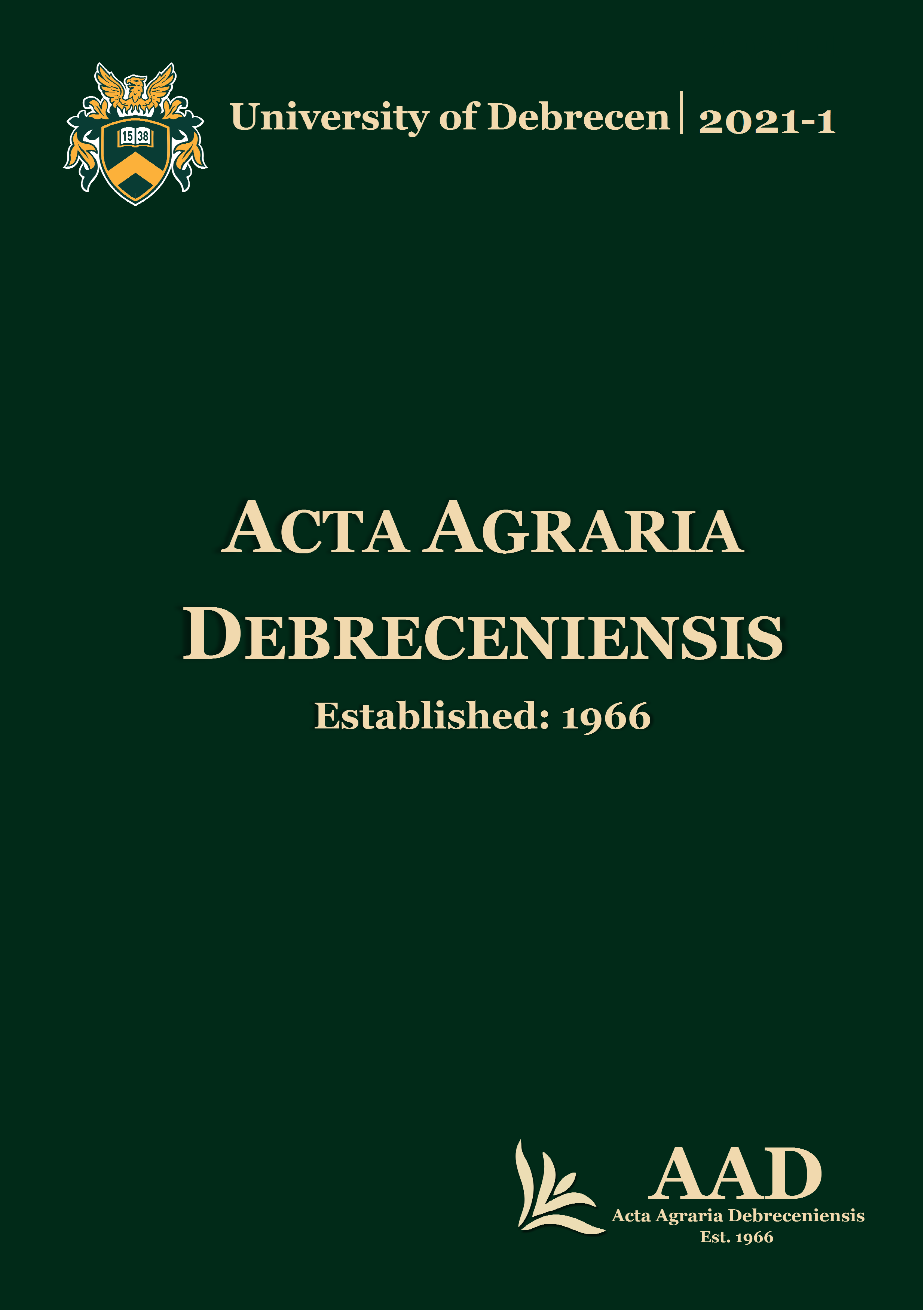Condensed tannin content and antioxidant activity of Hungarian sorghum varieties grown at Research Institute in Karcag
Authors
View
Keywords
License
Copyright (c) 2021 by the Author(s)

This work is licensed under a Creative Commons Attribution 4.0 International License.
How To Cite
Accepted 2021-03-22
Published 2021-06-01
Abstract
Cereal-based products are one of our main energy sources, and are consumed on a daily basis. One of the weaknesses of wheat based products is their low antioxidant content. Sorghum is a minor cereal, mostly consumed in Africa and Asia. Amongst other phenolic components it contains tannins, which are potent antioxidants and have other positive effect on human health, for example anti-tumor, anti-inflammatory and anti-viral/bacterial effect. We evaluated the tannin content (vanillin-HCL) and antioxidant capacity (DPPH) of sorghum varieties (Alföldi1, Zádor, Foehn, Albita, Albanus) grown in Hungary, with two type of agronomy technology.. Red varieties especially Alföldi1 and Zádor had higher tannin contents than white varieties. The highest condensed tannin content was 1470±73 mg 100g-1 (Control, Alföldi1), 1810±154 mg 100g-1 (Fertilized, Alföldi1), and the highest total antioxidant capacity was 2099±19 mg 100g-1 (Control, Alföldi1) and 2117±26 mg 100g-1 (Fertilized, Alföldi) We found that sorghum type, variety and color influence their tannin and antioxidant contents in general.

 https://doi.org/10.34101/actaagrar/1/8467
https://doi.org/10.34101/actaagrar/1/8467